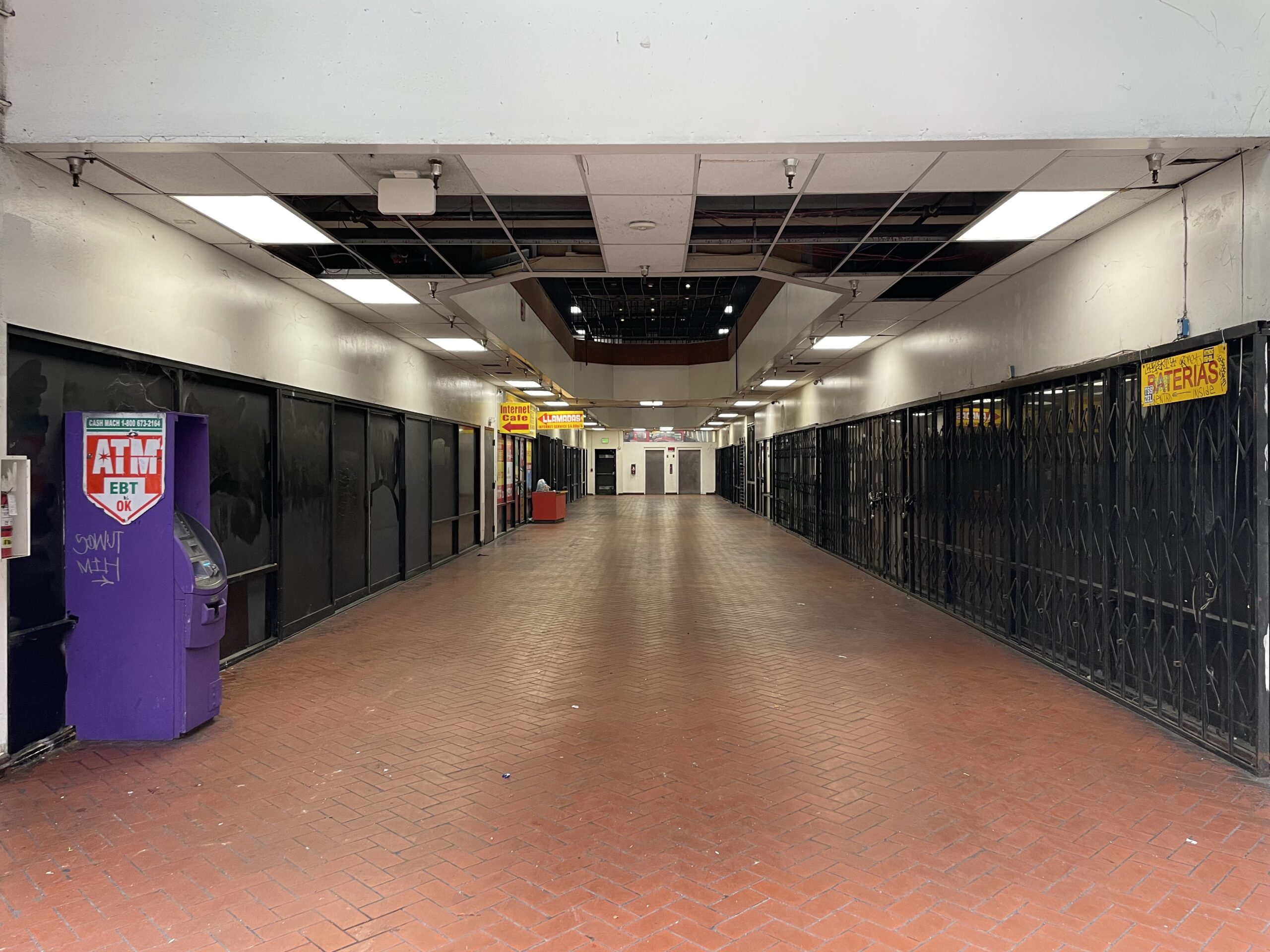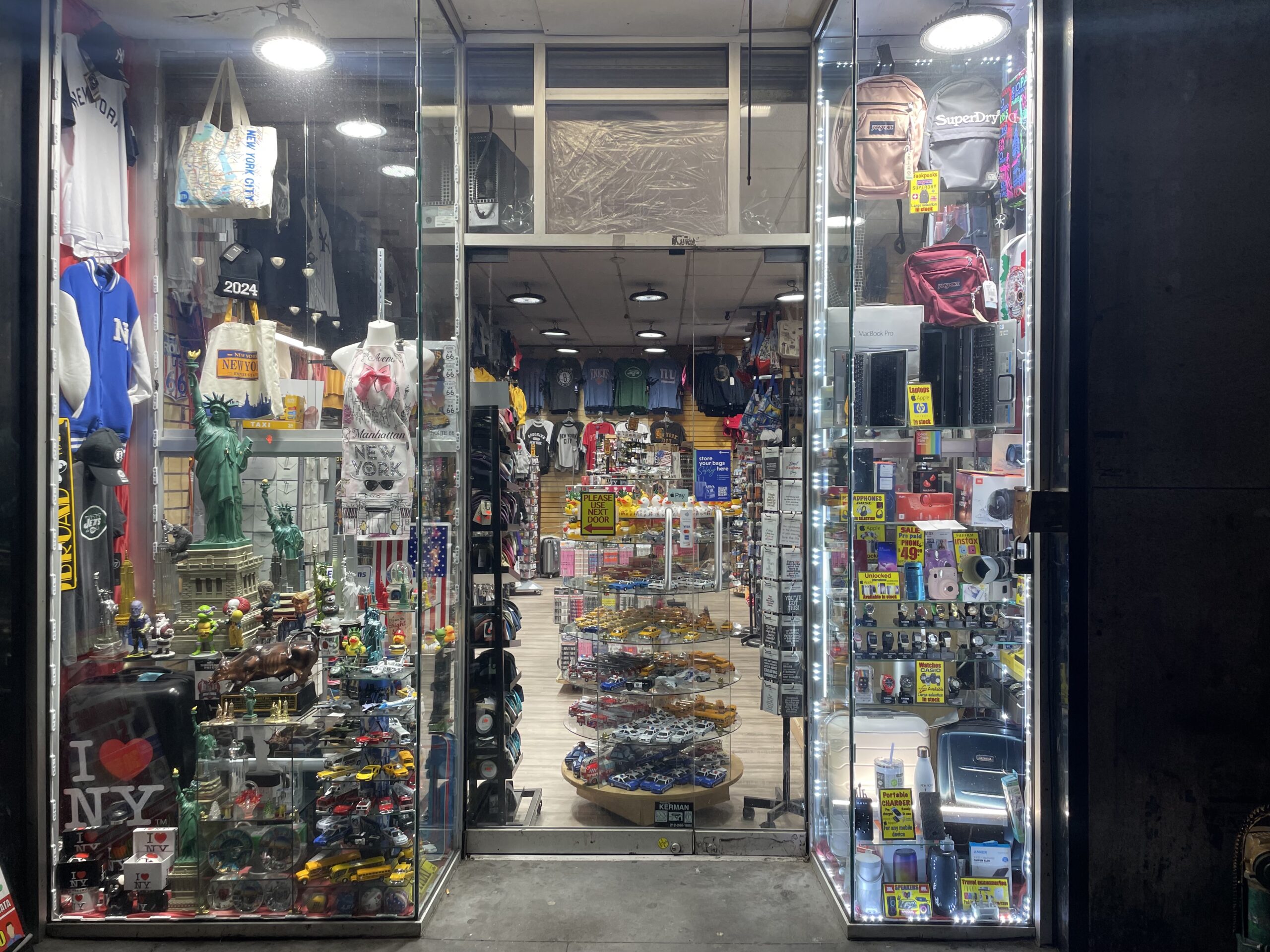WITHOUT CARE (2)
By:
November 5, 2025
Second in a four-part series, by HILOBROW friend Colin Dickey, on “The Devoid,” a 21st century Gothic.

IV.
The same is true of the original gothic. We have no ruined castles in North America, no lost abbeys, and very few extant overgrown, centuries-old forgotten cemeteries. The grist of the original gothic, as imagined in Europe and Britain, does not exist in the same way here, and as such, any attempt to recreate these places much be curated. And almost immediately, the presence of such places reads as kitsch: the place you are most likely to find a haunted castle in North America is at the boardwalk, in a dark ride with pop-up ghouls and silly sound effects.
In other words, a complete reversal has taken place in the site of the gothic. The architecture that was once most commonly associated with the gothic was that which seemed forgotten, and ruined; and yet, those buildings — be they castles or Victorian mansions — are now far more likely to be intentionally constructed and tailored to achieve their desired effect. While these places may still read as “gothic” in an aesthetic sense, they no longer evoke the kind of emotions once associated with the gothic: ambivalent dread, inchoate terror, creeping horror.
It was in thinking of these two previous iterations of the gothic as spaces that now do not read as abandoned or forlorn, but instead as very curated and specific, that led me to better understand what I’m calling the Devoid — a place that has no such intention, no such attention to detail. It is these such places that actually inspire dread in me — not the kinds of spaces that we’ve long come to associate with the trappings of horror and the gothic.
V.
It may now be possible to hazard a provisional definition of what I mean by The Devoid. If we accept the traditional definition of the gothic, which suggests that the sense of the unnerving, of the eerie, comes from a place of human culture has been abandoned, that care has been withdrawn. But since ruins themselves are heritage, protected, we no longer have that emotion in such places.
Instead I find it in places where the aesthetic itself has been withdrawn. The gothic is far more likely to be found now, not in the ruined places of old, with their very specific aesthetic and deep attention to detail, but in those places that have an absolute resistance to any kind of aesthetic, which appear to have had any kind of care or attention withdrawn. Such places that are not trashy or kitschy or comforting, but which instead reflect not just an absence of style, but almost a resistance to any kind of style.
An aesthetic, after all, is a sensibility. It conveys two things. First, the individual perspective of its human designer. There was a hand, a mind, a thinking individual who made this happen, who designed it according to a program and a conception of how the finished product should work. Second, an aesthetic always, directly or indirectly, conveys a myriad of social cues. By the level of detail, the quality of the materials, the haptics and ergonomics, it reflects the social standing and class of its designer and intended audience. It performs gender roles and constructs, by implication, the ideal user or experiencer of the work.
The Devoid, by contrast, does none of this work. It does not reflect a human designer, or any kind of sensibility. Its appearance is careless — not just in the sense of haphazard, but in the sense that it lacks any kind of care, any kind of intentionality behind it. It is not the wildness of Nature; the Devoid is always, like the gothic, a fundamentally human space. But its humanity can no longer be detected, because there is no aesthetic governing the space — it may or may not be inhabited, it may or may not be in use, but it is a place that belies any kind of care about its use or habitation.
The 21st century space of the gothic is not abandoned: no thick layer of dust covers it. Nor is it hiding mystery — it contains no ancient tomes, no secret passageways. If terrible things happened here once, they are beside the point. There is no history here. Indeed, the existential terror created here comes in part for the absence of history. Here, there is no past, no future, or even a present.
VI.

Another early vector of the Devoid for me, long before I began thinking seriously about the term: By the time I moved to New York City in 2013, Broadway and Times Square were entirely emptied of any kind of aura. The area of midtown was, as it is still today, a vast consumer landscape, in which chain restaurants flank theaters showing multimillion musicals based on Disney movies. The buildings and storefronts lack the edge of anything that might seem secret, hidden, foreboding or strange. And yet, at the time I moved there I had just discovered Genesis’ 1974 album The Lamb Lies Down on Broadway, a prog rock concept album that tells of a young Puerto Rican punk who enters a surreal landscape filled with strange figures crawling on their knees, castrating doctors, and seductive Lamia.
Peter Gabriel’s conception of Broadway in that album, is, of course, vastly different than the world I now found myself in, but I couldn’t help but conflate the two — a world of utterly banal tourist shops, things devoid of any meaning or value, that sink even below the level of kitsch — but which, perhaps, should one follow Gabriel’s Rael, back behind one such storefront, lead to psychosexual hidden worlds. That behind any glass storefront, empty with a FOR LEASE sign and a few abandoned fixtures, something unnerving, upsetting, uncanny might await. I’ve since come to associate even the most cliché of souvenir shops with a strange resonance, perhaps one particular only to me, but which has helped me to better understand what I’m now calling the Devoid — a place that does not overtly evoke the gothic, but may suggest it instead through an almost explicit lack of the kinds of trappings we usually associate with it.
Along those lines, one could also add to the list of places one is likely to find the Devoid: hallways, stairwells, passageways of any kind. Waiting rooms — both in the literal sense, but also, in a more general sense, places where waiting happens, places that are not purpose built so much as designated as temporary spaces. As I began trying to understand what this feeling was in me, I came back time and again to such spaces, which, in their very emptiness, to trigger that same fascination for me.
But all that being said, it’s important to note that the Devoid is not simply impoverished or derelict spaces. To speak of the Devoid is not to engage in some kind of classist revulsion at poverty. Indeed, even those without much can still arrange what little effects they have with intentionality and care. Even an unhoused person’s encampment will often betray the mind and life of its inhabitant. Rather, the Devoid is a place where no real sensibility can be determined at all. Often this comes in places without much material resource, but not exclusively.
Another place I found the Devoid, for example, was in a high-end luxury hotel on the northeast corner of the island of Bermuda — a place I’d wandered into almost by chance while visiting the island, and where I found, once again, not so much opulence and luxury but the empty attempt to invoke luxury and opulence by someone who had no real aesthetic of their own. Unsurprisingly, the lobby of the hotel was entirely vacant, the beige and ecru furniture washed out by the brilliant glare of the ocean covering everything.
WITHOUT CARE: I–III | IV–VI | VII–IX | X–XII.
MORE COLIN DICKEY at HILOBROW: IN THE MYSTERY CAVE (on Betty Boop’s Snow-White, Twin Peaks, and the erotic life of things) | KAIROS (Hermenautic Tarot series) | ANIMAL MAGNETISM (cross-posted series) | WIDESPREAD PANIC (Grok My Enthusiasm series) | ACÉPHALE (#Squadgoals series).
